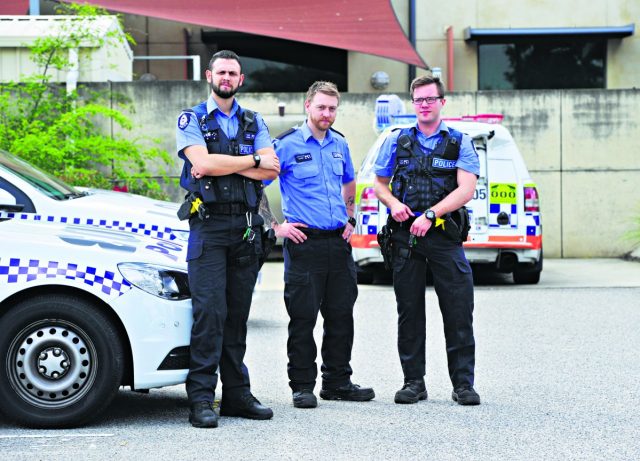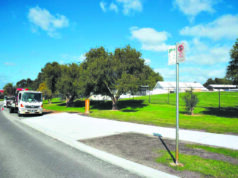
Three months on from the Meth Action Plan Taskforce’s tragic and unsettling report into the effects of ice use, Canning police might be winning the war, removing the drug from our streets.
A revitalised attempt to curb the growing scourge of methamphetamine abuse has seen Cannington Detectives move above a five-year average for drug arrests.
In one week, Cannington police arrested more than 20 people for possession of methamphetamine, many being charged with intent to sell or supply.
The numbers show how a concerted effort is affecting drug supply directly, but also suggests just how prevalent the drug is on local streets.
Officer in charge of Cannington Detectives, Detective Senior Sergeant Tom Tristram, said the results have come from months of preparation and intelligence gathering.
“Operation Actum was established by WA Police to target mid-level methamphetamine dealers across the state in early 2018,” he said.
“As a result of this, a great deal of intelligence was obtained that assisted in the identifying of mid-level methamphetamine dealers within the Cannington Police District and the execution of a number of search warrants.”
After a spike in 2015-2016, violent crimes and those such as property damage, stealing and arson have steadily declined, which police owe to a more direct and committed approach to day-by-day policing.
Despite this, meth use and arrests continue to climb in the wider Canning area.
Recent reports by both the Australian Criminal Intelligence Commission and the Penington Institute show how dire the situation is, with inter-generational use and a growing age range contributing to the issue.
Police Minister Michelle Roberts conceded new tactics need to be applied, as the routes of supply become more advanced.
““Drug syndicates are becoming increasingly sophisticated and it’s important our police are equipped to combat the scourge of drugs,” she said.
Ms Roberts has backed a range of new strategies and technology to aid police including the new Tru Narc machines, which can allegedly detect 450 different drugs in most containers.
“The additional software being provided will expand the capability of police to analyse information and gather intelligence well beyond anything which was previously possible,” she said.
However, some are worried an effort to “modernise” WA’s police force is instead limiting recent successes.
Shadow Minister for Police Peter Katsambanis said the recent $250 million cut to WA Police would “destroy” morale.
“Our police officers do not believe the McGowan Government is appropriately resourcing the WA police force and that law and order is not a priority for the McGowan Government,” he said.
“The Government’s failure to adequately resource WA Police and its failure to prioritise law and order is putting community safety at risk.”
Ms Roberts said the Technology Crime Unit was one of multiple arms of Police the state government was dedicated to supporting.
But Mr Katsambanis said a more concrete layout of how police would address meth supply was needed.
“When only 2.8 per cent of police feel they are appropriately resourced, it is going to have a lasting impact on morale,” he said.
“The Government needs to take swift and decisive action to show it respects our front line officers and that law and order is a priority.”
As for Cannington’s police and detectives, a devoted effort and connection to the community seem to be at least making an impact right now.
“Although it is too short a time frame to comment in relation to this, traditionally by removing drugs from our streets, crimes such as burglary and stealing decrease,” Det snr sgt Tristram said.
“Cannington Police District will continue to focus on disrupting the activities of drug dealers and reducing the supply of illicit drugs.”













